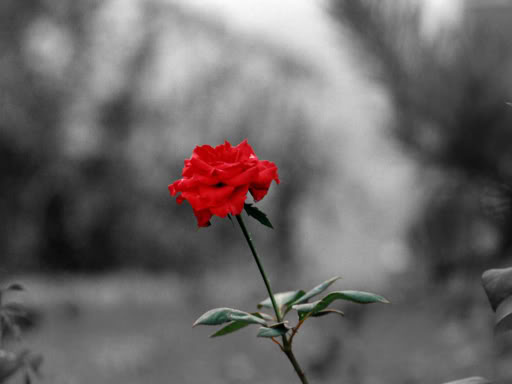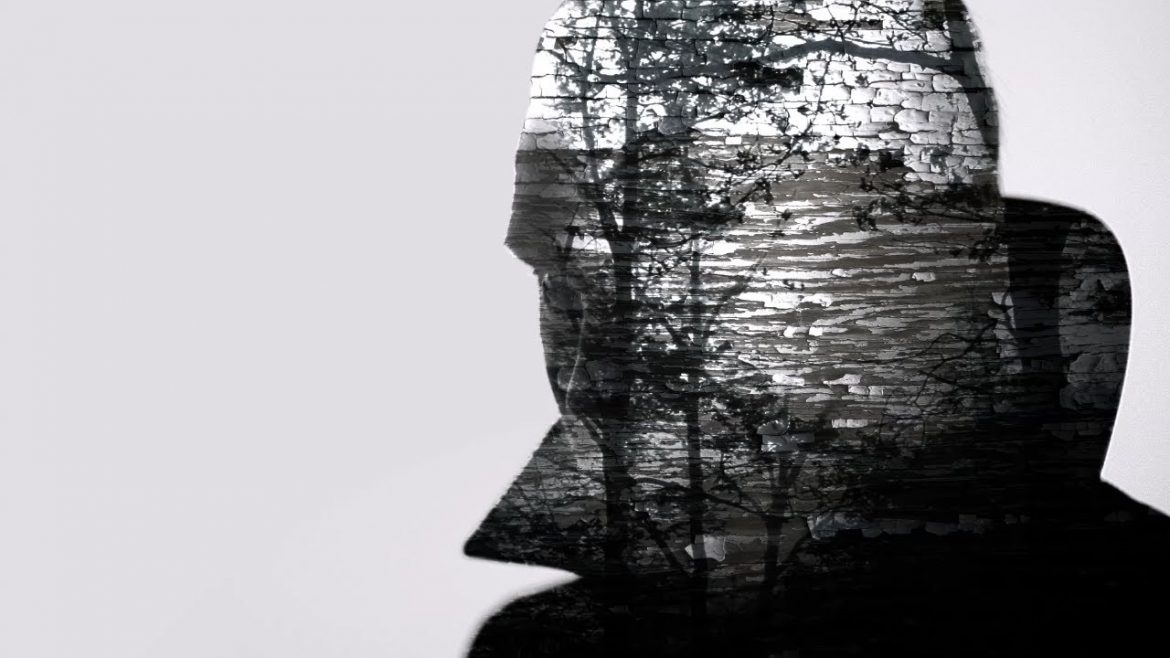All human beings short of illumination contain a spectrum of human consciousness, which varies from person to person. Many are false with some true, while a few are true with some false. But we all span some portion of the human spectrum.
In this sense, “the world is gray,” because nothing and no one is completely black or white. But in another sense, it is deeply false, because it means the absence of color, vibrancy and life.
Thus “the world is gray” worldview, if it is primary, encourages lifelessness and lack of clarity. It’s also mechanistic, stemming from and reinforcing the false philosophy that believes life is a random event, that humans are unique in the universe, and that thought brings order out of the chaos of nature.
Though seeing what is is never fixed, and often uncertain, believing “the world as gray” precludes clarity of perception. The  capacity to discern what is false and what is true is essential, our birthright as human beings. It’s that capacity that we urgently need to develop within ourselves and children.
capacity to discern what is false and what is true is essential, our birthright as human beings. It’s that capacity that we urgently need to develop within ourselves and children.
If, as the saying goes, “color is God,” believing “the world is gray” where the earth and life are concerned is a sacrilege. That applies to sound as much as to sight. The meadowlarks common to this locale are drab gray in their coloration, but their songs are among the most varied and exquisite of any bird.
The word is not the thing. The word ‘color’ is clear, referring to the actuality of beauty and splendor in nature. But the word ‘God’ is another matter. To what does it refer? To a purely subjective thing, like the inane saying, “beauty is in the eye of the beholder?”
God is a subjective thing, but an open question, one that cannot be perceived by the busy mind, much less captured by any philosophical or intellectual construct. The essential thing is to quiet the mind as thought, and drink from the infinite well of the unknown.
The movement of the known can end, both as knowledge and experience, through passive awareness gathering intense, undirected attention. This is the true meaning of meditation.
It’s essential to stop for 20 minutes twice each day and simply observe and listen, setting aside one’s work, problems, desires and plans. I find it helps during these breaks (outdoors if possible) to jot down things one wants to think about, or  insights one might have, so that space and stillness are created in the mind and heart through the simple act of intensely watching and listening without the interference of judgment and evaluation.
insights one might have, so that space and stillness are created in the mind and heart through the simple act of intensely watching and listening without the interference of judgment and evaluation.
When thought spontaneously yields to awareness, one sees that while the man-made world may be gray, life is anything but a colorless monotone.
There’s another sense in which things actually are black or white. Things are coming down to it for each of us, and for humankind as a whole. We can no longer have things both ways, rationalizing it as the human condition of contradiction and complexity. That is the way of duplicity and darkness.
In short, we can either be conduits of darkness or self-knowing human beings awakening insight to the extent of our capacity.
The sunlight is gone, except alpenglow on the white bark of the upper branches of the bare sycamore trees. Woodpeckers squawk as they return to their holes and hollows in the trunks.
A vulture soars by at speed in the wind near treetop level. In the last light of day, with the stream flowing by a few meters away, there is, in the stillness of mind, a direct perception of beauty, both as form and the formless.
Once again one feels, in the body itself, “the peace that passes all understanding.” Blessings in the New Year. We’re all going to need them.
Martin LeFevre

